WHAT IS THE FUTURE’S BEST ENERGY?
When we talk about the energies of the future, we think of ecological and renewable energy sources. We are also undeniably thinking of the various innovations in terms of new resources. What about these ecological and economic resources? Are they really renewable?
WHAT ARE THE NEW FORMS OF ENERGY?
When we talk about the energy of the future, we are referring to the different renewable energy sources, such as those taken directly from the bowels of the earth, those produced with the transformation of the kinetic energy of the wind, hydrogen, etc…You can check Subsenergy if you are interested in learning more about renewable energy.
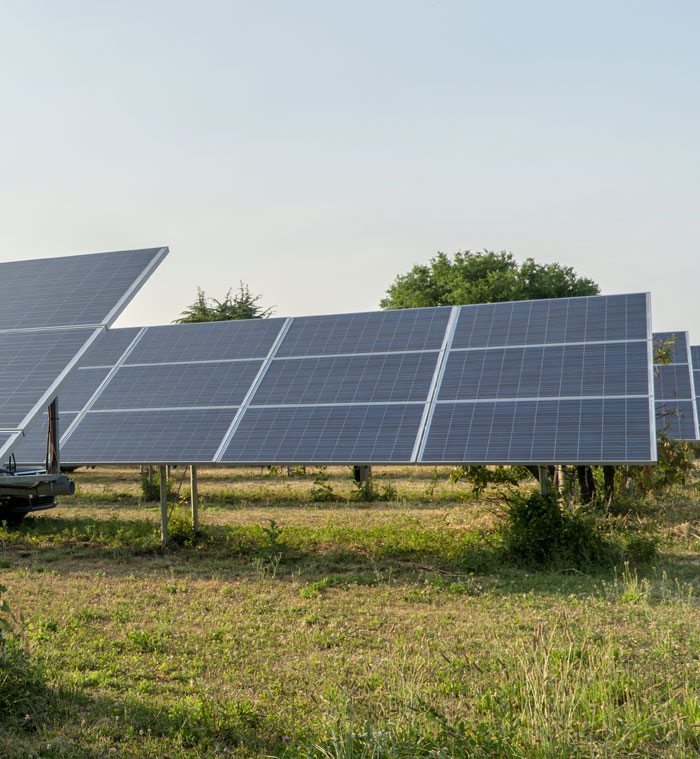
SOLAR: CLEAN ENERGY
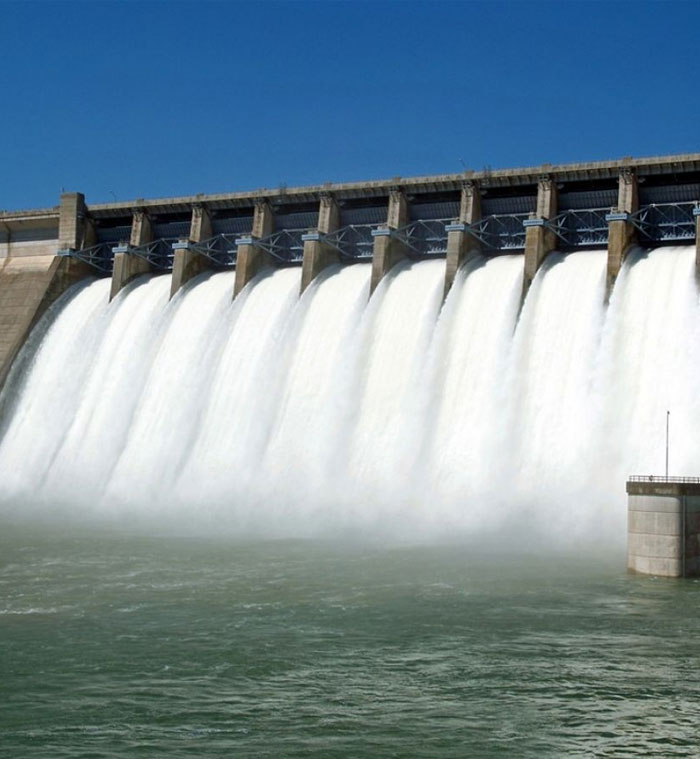
HYDRAULIC ENERGY: THE POWER OF WATER
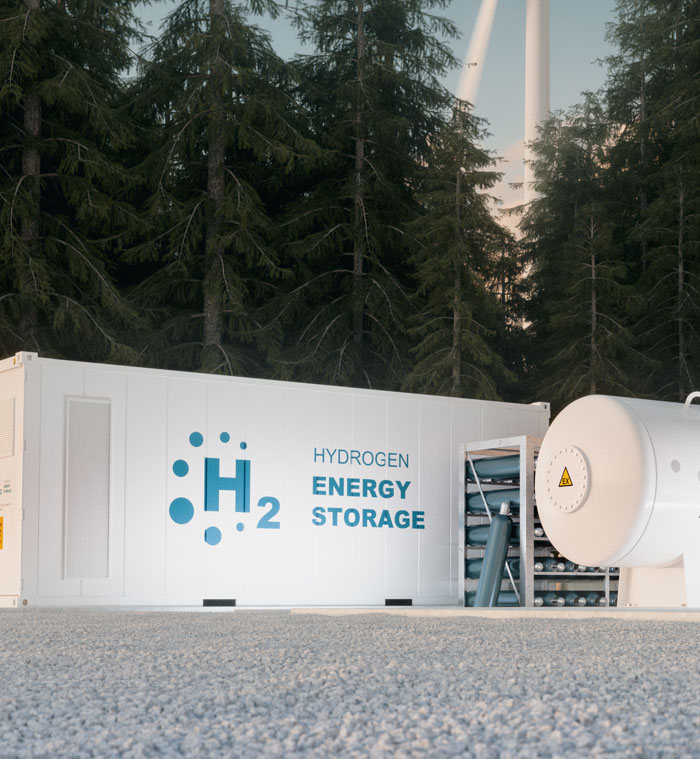
HYDROGEN: THE ENERGY OF TOMORROW
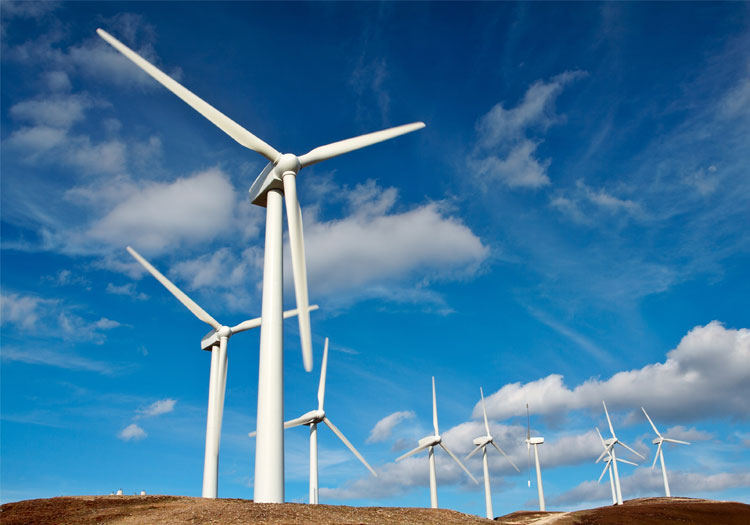
WIND TURBINES: A PROMISING ALTERNATIVE
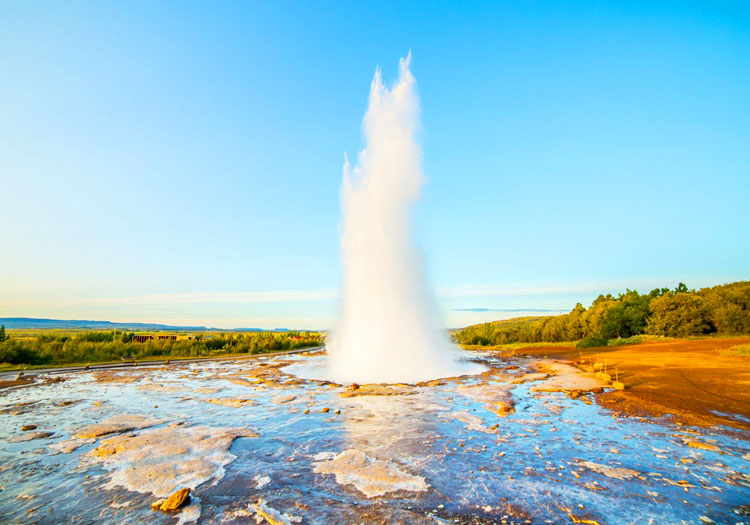
GEOTHERMAL ENERGY: ENERGY FROM THE GROUND
NATURAL GAS: AN ENERGY WITH DIFFERENT USES
This is the exploitation of porous rocks in the subsoil. The sedimentation of organic matter that has been buried for several million years generates natural gas that can take several forms: thermogenic, biogenic, conventional, non-conventional.

WOOD ENERGY: AN ECOLOGICAL SOLUTION
Wood can be qualified as “wood energy” to designate its use for energy purposes: production of heat, electricity or 2nd generation biofuels after transformation. It is the leading source of renewable energy consumed in France, Europe and the world. It should be noted that wood is also used in other sectors, particularly in construction, paper production and crafts.
We classify wood energy according to its category: wood logs, pellets or chips, as well as its calorific value and drying time. From an ecological and economic point of view, wood energy is not more interesting than other energies such as natural gas because of its emissions into the atmosphere and its expensive transport.
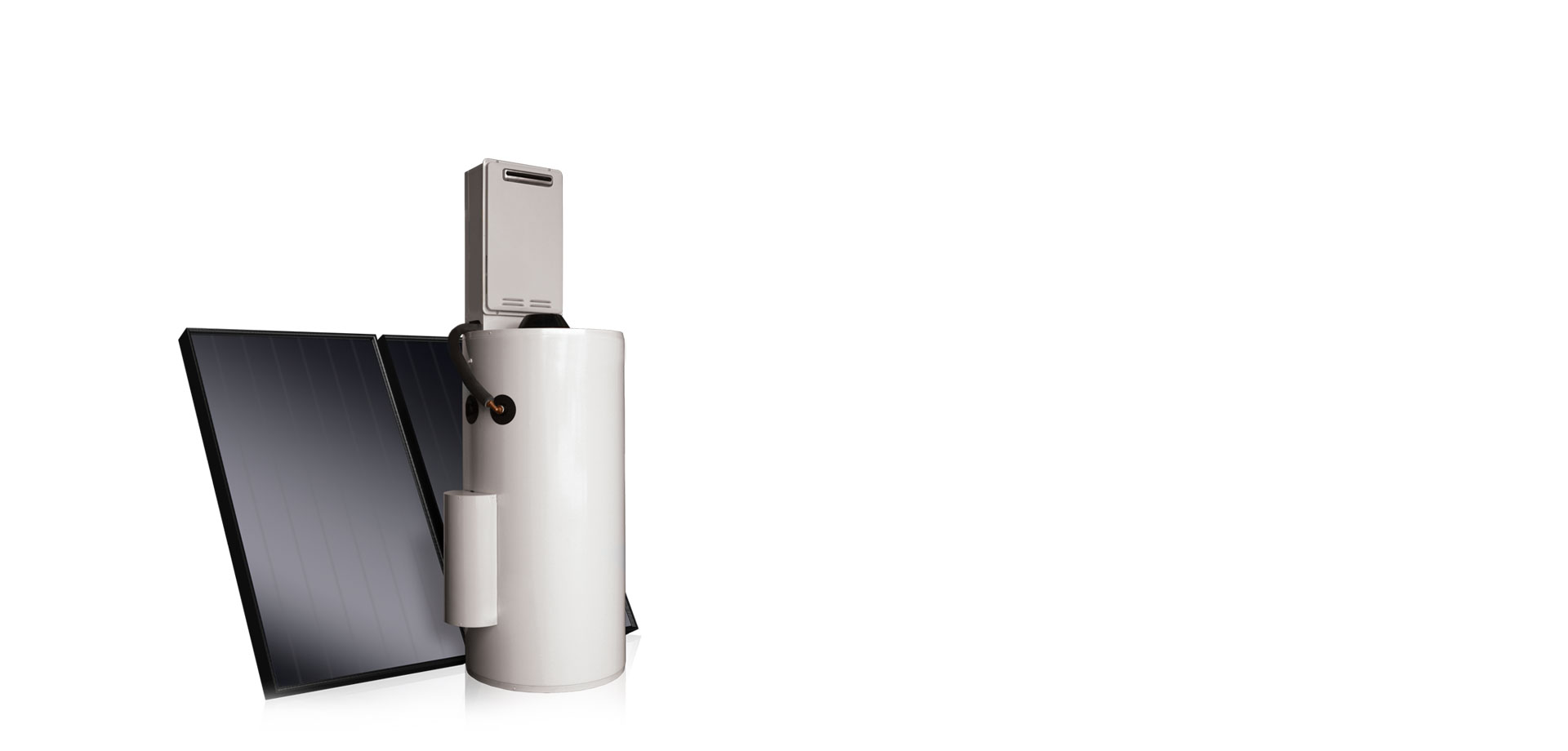
HOW TO REDUCE ITS CONSUMPTION?

HEATING PROGRAMMER
It reduces the energy needs of the house by programming the heating or electric radiator at only certain times of the day. This can significantly reduce bills.

GAS CONDENSING BOILER
It is a very cost effective device that provides heating and hot water at the same time. A condenser burns the gas to produce heat. It then uses the water vapour contained in the smoke.

SOLAR WATER HEATER
It is a device that consists of several components, two of which are the photovoltaic solar thermal collectors and the storage tank. Solar Lifestyle Magazine will tell you more…
HOME AUTOMATION AND ENERGY: ECO-RESPONSIBLE CONNECTED OBJECTS
This represents 25% of all the energy we consume. The protection of the planet, even if it is not accepted by everyone, is a concern for most industrialists. A panoply of connected objects has been created in order to respect the environment and meet the needs of everyday life. These are the objects connected to the environment or eco-domotics.
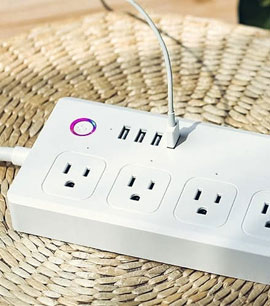
A CONNECTED HOME AUTOMATION SOCKET
The future will undoubtedly lie in home automation installations in homes and businesses, enabling remote control of all electrical equipment, and thus controlling its use and consumption. However, today the purchase of a complete home automation system for a house remains a heavy investment, several thousand euros as a rule.
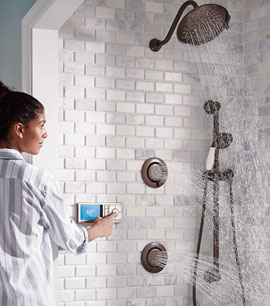
CONNECTED SHOWER HEAD
It acts on the preservation of the environment and water. When you take your shower, the flow of water passing through the shower head drives a small turbine that supplies energy to an electronic device connected to coloured LEDs placed at the water nozzles.
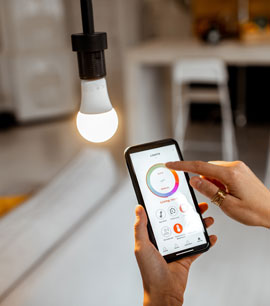
A LIGHT BULB CONNECTED
This is an important element in evaluating the amount of light the bulb is capable of emitting, but also the accuracy of the perception of the colours that will be under this light. Bulbs and luminaires work with a dedicated application. They are connected in two different ways: Bluetooth or Wi-Fi.

A CONNECTED THERMOSTAT
Thermostats and connected heating systems have become more and more democratic. Thanks to them, you can adjust and control the temperature in your living room from your telephone.